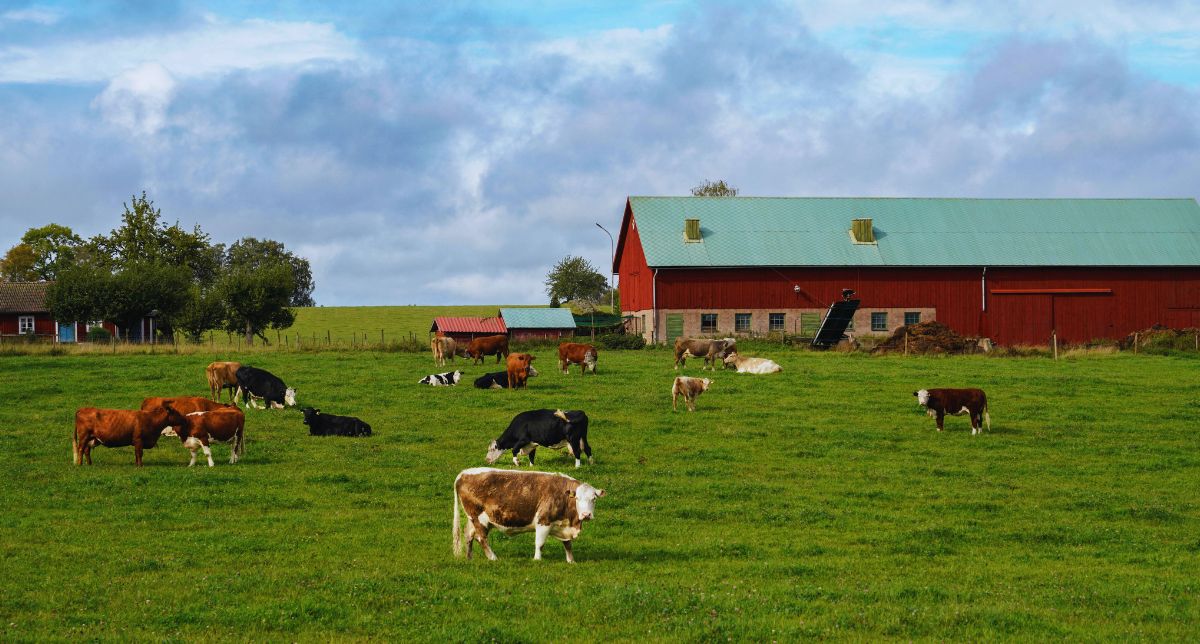Brazil is preparing to host the 30th Conference of the Parties to the Climate Convention (COP30) in 2025, in the city of Belém (PA). The country’s selection as host of the global climate summit represents not only a diplomatic opportunity but also a challenge: to remain a leader in energy transition and in combating climate change. However, recent reports raise an alarm. If current policies remain unchanged, Brazil could see its greenhouse gas (GHG) emissions increase by up to 14% by 2035. This projection not only contradicts the commitments made under the Paris Agreement but also undermines the country’s credibility as a leader in the global climate agenda.
The challenge is clear: turning intentions into measurable results through coherent policies and effective cross-sector integration.
Gaps in the Climate Plan: a technical warning
According to an analysis by the Talanoa Institute and the Climate Observatory network, the 2023 Climate Plan, developed by the Ministry of Environment and Climate Change (MMA), has structural weaknesses. While the document reinforces Brazil’s commitment to carbon neutrality by 2050, it lacks binding sectoral targets and does not provide detailed timelines, financial instruments, or regulatory frameworks for implementation.
The main criticism lies in the fact that, in the absence of a consistent trajectory for emission reductions in the energy, transport, agriculture, and industrial sectors, the plan relies disproportionately on deforestation control. Although essential, reversing deforestation alone is not enough to offset the projected emissions growth in other sectors.
Energy and electricity matrix: the Brazilian paradox
Brazil has long been recognized for having a predominantly renewable electricity matrix. In 2024, more than 82% of electricity generation came from clean sources such as hydro, wind, solar, and biomass. However, when considering the total energy matrix (which includes transport, industry, and fuel use), fossil fuels still play a significant role, particularly oil derivatives.
More concerningly, government projections indicate that the share of renewables in the electricity mix could decline by 2035 if legal frameworks and incentive regulations are not updated. The trend suggests that natural gas thermal plants could gain ground to ensure system stability amid the intermittency of variable renewable sources.
This direction runs counter to global trends. While the International Renewable Energy Agency (IRENA) advocates tripling global renewable capacity by 2030, Brazil risks backtracking on its key comparative advantage.

Agribusiness and methane: the weak link
Agribusiness accounts for about 28% of Brazil’s gross emissions, with methane as its main component. Enteric fermentation from cattle represents more than 65% of the country’s methane emissions. Despite this, the Climate Plan lacks clear targets for reducing this pollutant.
The absence of instruments to encourage sustainable agricultural practices—such as rotational grazing, feed supplementation, crop-livestock-forest integration, and the use of residues for biogas—limits the sector’s ability to contribute positively to the climate agenda.
Without a mitigation strategy in rural areas, Brazil risks not only missing its climate goals but also undermining the competitiveness of its agribusiness in increasingly demanding international markets.
Transport and mobility: a delayed leap
The transport sector remains highly dependent on fossil fuels, especially in freight transportation, which is predominantly road-based. Ethanol and biodiesel play an important role but remain insufficient given the urgency to transition toward more efficient and electrified modes.
Fleet electrification, investment in railway infrastructure, and incentives for sustainable urban mobility are either absent or too generic in the Climate Plan. This represents a critical gap: in countries like China and within the European Union, the transport sector leads decarbonization efforts.
Where Brazil needs to adjust its course
To turn COP30 into a milestone of climate leadership—and not just a diplomatic showcase—Brazil must:
- Revise the Climate Plan to include binding sectoral targets, clear timelines, and performance indicators;
- Reinforce the role of renewables in both the electricity and energy matrices through incentives for storage, demand management, and smart distribution;
- Establish strategies to reduce methane emissions, with technical and financial support for rural producers;
- Accelerate transport electrification through a national plan for charging infrastructure, regulatory standardization, and integration with the energy sector;
- Align federal investments and the budget with climate transition goals, prioritizing low-carbon and resilient projects.
Conclusion: from rhetoric to climate governance
Brazil holds a unique potential: a clean matrix, rich biodiversity, abundant natural resources, and strong technical expertise. Yet, it stands at a crossroads. Climate leadership requires not only powerful speeches but governance, sectoral integration, and the courage to confront conflicting interests in the name of a shared future.
COP30 will be the stage. It is up to Brazil to take on true leadership with ambition, realism, and execution. The world will be watching not what is promised in Belém, but what the country manages to turn into reality in the years that follow.

Comment